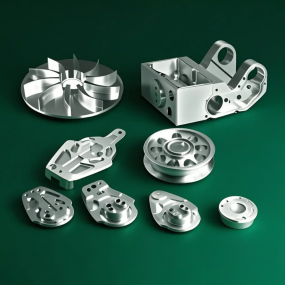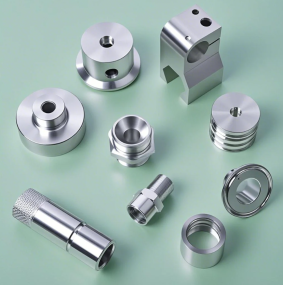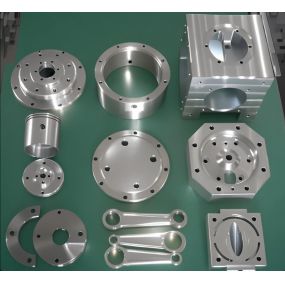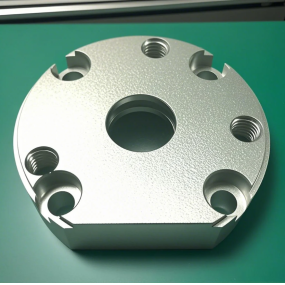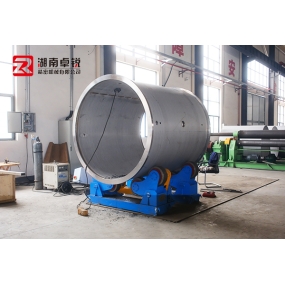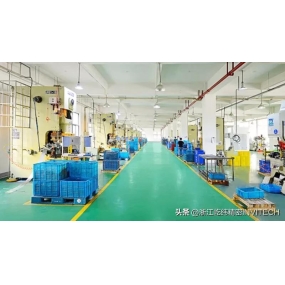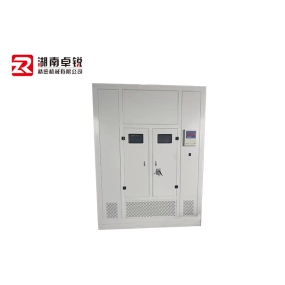Bending parts are a common product in hardware stamping manufacturers, but for products with multiple bends, how to determine the bending sequence? Today, we will explain the bending sequence of Metal Stamping parts with continuous bending.
General bending sequence:
1. Short side first, long side later: Generally speaking, when all four sides are bent, folding the short side first and then the long side is beneficial for the processing of stamped parts and the assembly of bending molds.
2. First the periphery and then the center: Under normal circumstances, it is generally bent from the periphery of the stamped part towards the center of the workpiece.
3. Partial first and then overall: If there are some structures inside or outside the stamped part that are different from other bends, it is generally necessary to bend these structures first and then bend other parts.
4. Consider the situation and arrange the bending sequence reasonably: The bending sequence is not fixed, and the processing sequence should be adjusted appropriately according to the shape of the bending or obstacles on the stamped part. 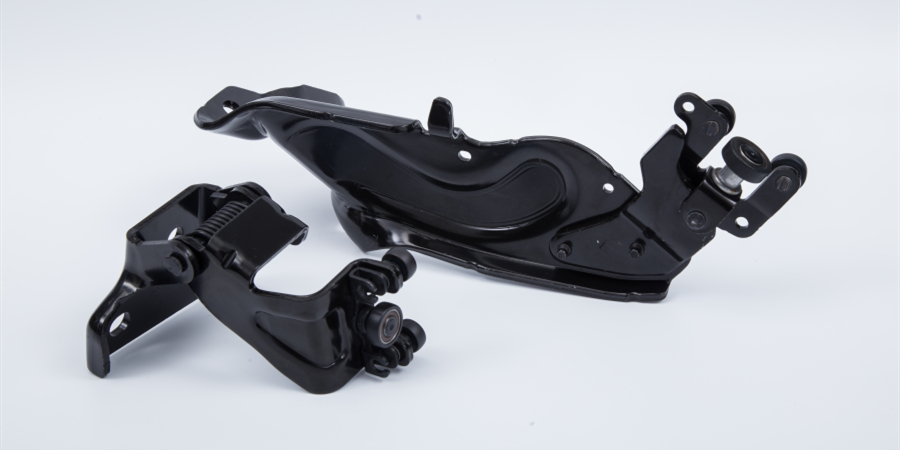
After designing the bending sequence according to these four criteria, the hardware stamping parts manufacturer should check whether they can meet the following requirements:
1. Consider whether the cutting tools of the bending machine meet the requirements of drawing R.
2. Check if the lower blade or fixture of the bending machine blocks the position for the next bending.
3. Check if there were any scratches or collisions with the bending tools and fixtures after the last bending.
4. Check if the final bend is scratched or bumped against the bending tool and fixture.
5. See if the scale of the last bend can be used as the positioning reference for the next bend.
This article is from EMAR Mold Co., Ltd. For more EMAR related information, please click on www.sjt-ic.com,


 Spanish
Spanish Arabic
Arabic French
French Portuguese
Portuguese Belarusian
Belarusian Japanese
Japanese Russian
Russian Malay
Malay Icelandic
Icelandic Bulgarian
Bulgarian Azerbaijani
Azerbaijani Estonian
Estonian Irish
Irish Polish
Polish Persian
Persian Boolean
Boolean Danish
Danish German
German Filipino
Filipino Finnish
Finnish Korean
Korean Dutch
Dutch Galician
Galician Catalan
Catalan Czech
Czech Croatian
Croatian Latin
Latin Latvian
Latvian Romanian
Romanian Maltese
Maltese Macedonian
Macedonian Norwegian
Norwegian Swedish
Swedish Serbian
Serbian Slovak
Slovak Slovenian
Slovenian Swahili
Swahili Thai
Thai Turkish
Turkish Welsh
Welsh Urdu
Urdu Ukrainian
Ukrainian Greek
Greek Hungarian
Hungarian Italian
Italian Yiddish
Yiddish Indonesian
Indonesian Vietnamese
Vietnamese Haitian Creole
Haitian Creole Spanish Basque
Spanish Basque

